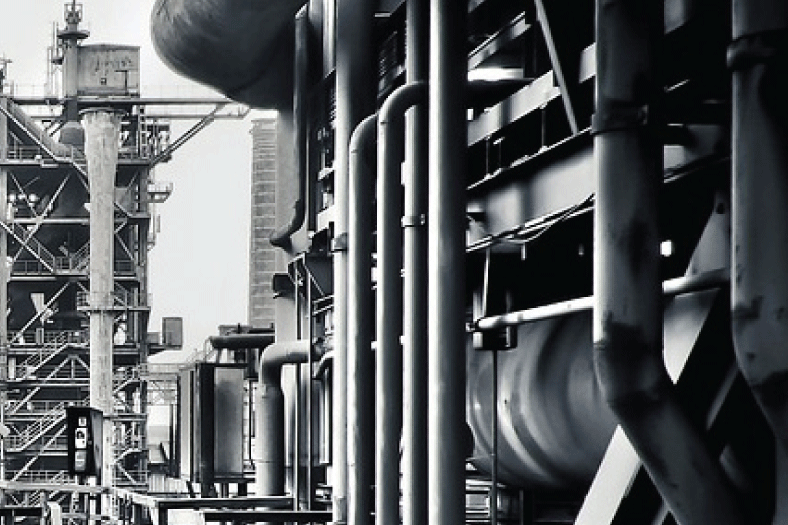Good IAQ is essential for healthy environment
April 13, 2019 12:34 pm
According to the ASHRAE standard indoor air quality (IAQ) is defined as “air in which are no known contaminants at harmful concentrations as determined by cognisant authorities and with which a substantial majority (i.e., 80 per cent or more) of the people exposed do not express dissatisfaction.” Good IAQ is important to ensure healthy and comfortable indoor working or living environment for building occupants. If IAQ is poor, this could lead to ‘Sick Building Syndrome (SBS)’ which can reduce productivity due to poor health or sickness affecting the building occupants.
To maintain good IAQ in buildings, one has to evaluate the quality of outdoor air that is brought into the building via the Heating, Ventilation and Air-Conditioning (HVAC) system, which includes any form of mechanical ventilation systems. It is mandatory to supply sufficient outdoor to the building for respiration purpose and to effectively remove contaminated air in the building to outdoor. Poorly designed and maintained HVAC system could lead to poor air distribution, dampness in the building which will encourage fungal and/or dust build-up in ventilation ductwork that will give rise to dust mites.
Other sources of air contaminants that are commonly generated in the building includes gaseous pollutants such as carbon dioxide, body odour and cigarette smoke generated by the building occupants and volatile organic compounds that are emitted from building furniture and materials such as carpet glue and paints for example, including any pollutants that are generated by office or production equipment within the buildings. So, how should these contaminants be controlled and how can we ensure good IAQ within the building?
Outdoor air ventilation system
The local by-laws including established engineering standards would determine the minimum outdoor air to be supplied, ranging between 5 to 20 litres per second per person. According ASHRAE, “many studies have found that occupants of office buildings with higher ventilation rates have fewer sick building syndrome (p.10.16)2.” Such recommendations however do vary from one country to another. Therefore, it is important to determine what the recommended local statutory ventilation requirement is for the relevant building. It is also important to take note that the positioning of the fresh intake for the HVAC system should not be compromised by any local source of pollutant. For example, one should not position the fresh air intake next toa cooling tower. Failing that, if the outdoor air quality is generally poor, then special air filtration other than what is commonly used in a HVAC system should be employed to remove the outdoor air contaminants. Generally, most air handling units (AHUs) will have a primary and secondary air filtration system. The course filter will act as the first stage air filtration, which is a disposable or washable type air filter for removing course airborne particles. Then follow with a fine filter with efficiencies ranging from 40 to 95 per cent as the second stage air filtration system depending on the building location and intended application. High Efficiency Air Particulate (HEPA) filters will only be needed as a third stage air filtration system where exceptionally high IAQ is required. For example, in operating theatres for hospital in electronics or pharmaceutical production facilities.
Good air distribution system
After the outdoor supply air has been filtered to an acceptable level, it will be air-conditioned before it is distributed throughout the building where ventilation and air-conditioning is required. However, the HVAC system should be properly tested, balanced and set into operation in accordance with recognised commissioning standards before the building is handed over to the building owner. Poor air distribution can lead to:
• Stagnation, resulting in the lack of fresh air and hot spots.
• Down draft (i.e., local cold spots).
• Excessive noise from the ventilation system.
• Low level ventilation systems in particular are known for “their high contaminant removal efficiencies and their possible energy savings, especially in relatively mild climates (p.20.14)3” according to ASHRAE. Such system can be either:
• Under-floor air distribution (UFAD) system or,
• Displacement ventilation system
Good maintenance management
Regular maintenance of HVAC systems is a very important factor in maintaining good IAQ. Air filters should be checked and changed regularly before it exceeds the manufacturer’s recommended maximum pressure differential across the filter. Poor maintenance of the HVAC system can lead to excessive fan energy consumption because of dirty heat exchangers and excessive pressure drop across the air filters.
Authored by:
Kenneth Gong, BSc, MBA, MASHRAE,
Technical Manager,
TROX Malaysia Sdn Bhd
Cookie Consent
We use cookies to personalize your experience. By continuing to visit this website you agree to our Terms & Conditions, Privacy Policy and Cookie Policy.

















 English
English Hindi
Hindi